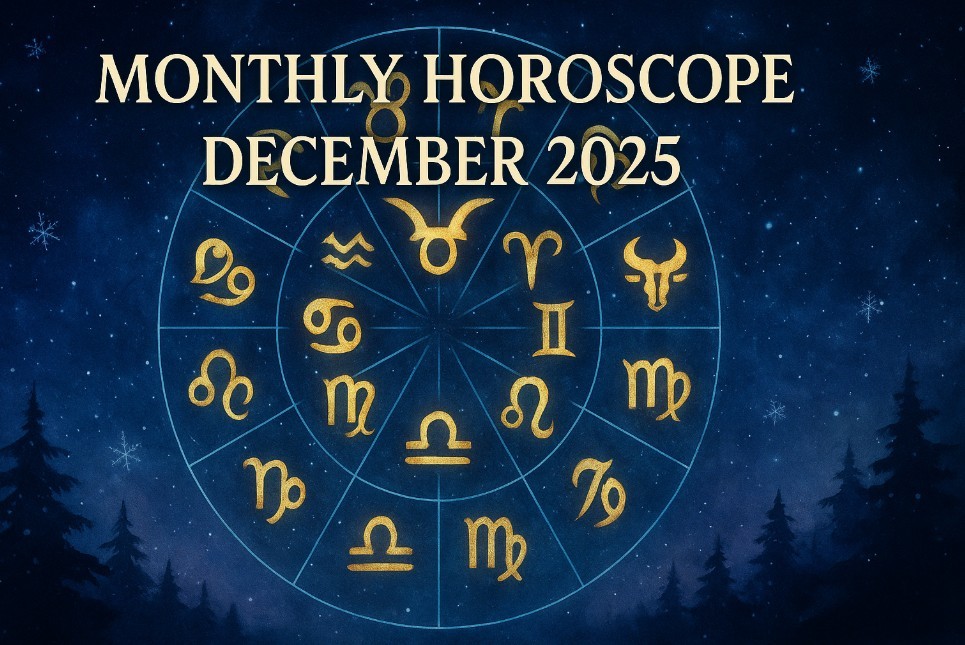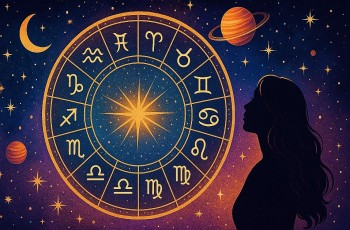How Many Calories Should I Eat Per Day? A Complete Guide for Weight Loss, Muscle Gain, and Balanced Living
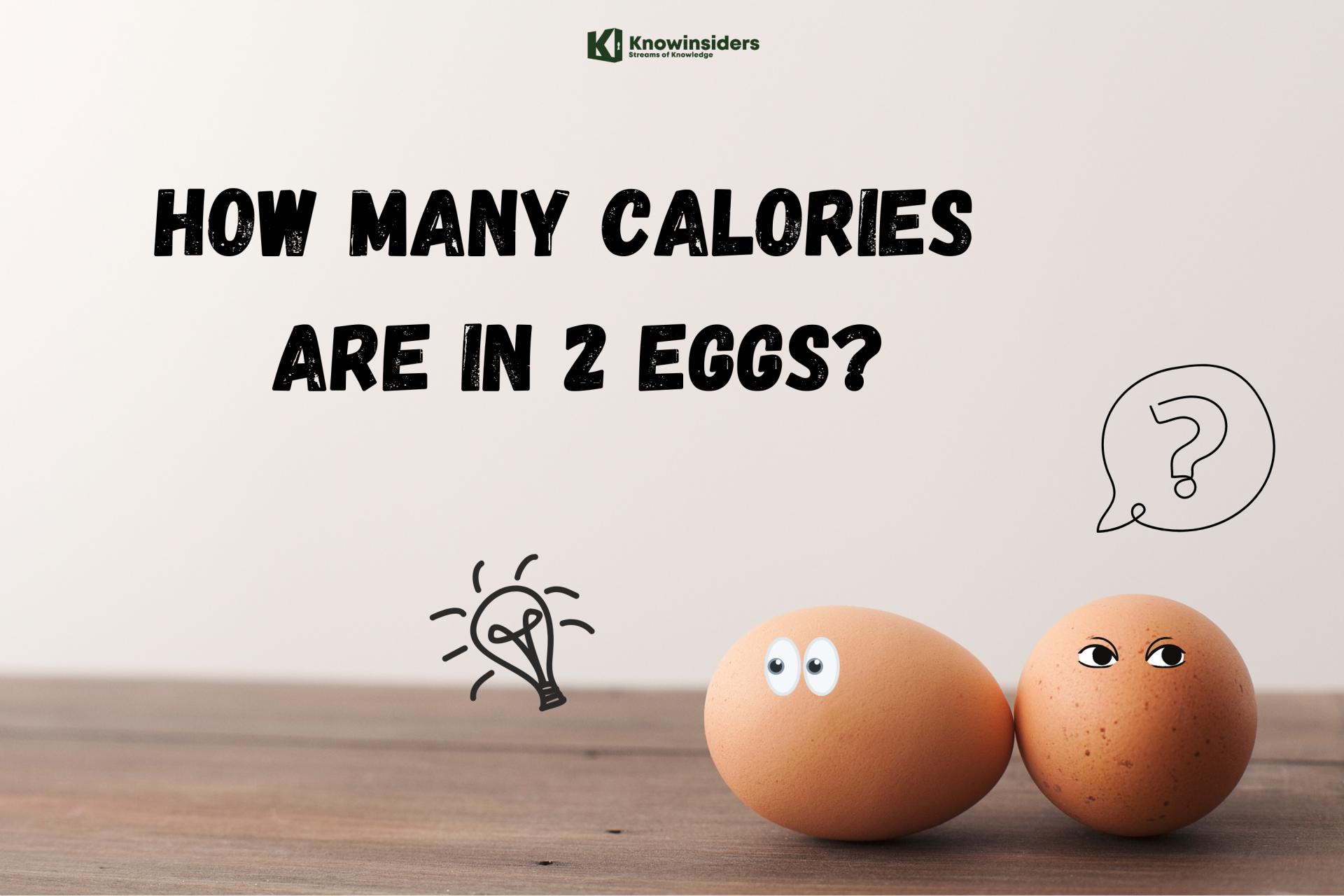 How Many Calories Are In 2 Eggs? How Many Calories Are In 2 Eggs? |
 How Many Calories In A Banana: Nutrition Facts and Health Benefits How Many Calories In A Banana: Nutrition Facts and Health Benefits |
 |
| How Many Calories Should I Eat Per Day |
Why Calorie Intake Matters More Than You Think
Calories are not the enemy. They are the fuel your body uses for every function—from breathing and digestion to workouts and brain function. Whether you're trying to lose weight, gain muscle, or maintain your current physique, understanding how many calories you should eat per day is the first step to achieving your goals.
But there's no one-size-fits-all number. Your ideal daily caloric intake depends on several factors, including gender, age, weight, height, and most importantly, your activity level and fitness objectives.
This guide will walk you through everything you need to know to calculate and customize your calorie intake based on your body and lifestyle.
What Are Calories, Really?
A calorie is a unit of energy. Technically, one dietary calorie (also called a kilocalorie or kcal) is the amount of energy needed to raise the temperature of one kilogram of water by one degree Celsius.
But in practical terms, calories measure how much energy you get from the foods and beverages you consume.
Your body uses calories in three main ways:
-
Basal Metabolic Rate (BMR) – Energy used at rest for vital functions like breathing and organ function.
-
Physical Activity – Energy used for exercise and daily movements.
-
Thermic Effect of Food (TEF) – Energy used for digesting and absorbing food.
How Many Calories Do You Need Daily? (General Estimates)
Here are average daily calorie needs based on age, gender, and activity level:
Women
| Age Group | Sedentary | Moderately Active | Active |
|---|---|---|---|
| 19–30 | 1,800–2,000 | 2,000–2,200 | 2,400 |
| 31–50 | 1,800 | 2,000 | 2,200 |
| 51+ | 1,600 | 1,800 | 2,000–2,200 |
Men
| Age Group | Sedentary | Moderately Active | Active |
|---|---|---|---|
| 19–30 | 2,400 | 2,600–2,800 | 3,000 |
| 31–50 | 2,200 | 2,400–2,600 | 2,800–3,000 |
| 51+ | 2,000 | 2,200–2,400 | 2,600–2,800 |
These numbers are averages. For a more personalized estimate, let’s dive into calorie formulas.
How to Calculate Your Daily Calorie Needs
The most accurate way to determine your daily calorie needs is to calculate your Total Daily Energy Expenditure (TDEE). This is the number of calories you burn per day, including all activities.
Step 1: Calculate Your Basal Metabolic Rate (BMR)
You can use the Mifflin-St Jeor Equation, one of the most reliable BMR formulas:
For men:
BMR = 10 × weight (kg) + 6.25 × height (cm) – 5 × age (years) + 5
For women:
BMR = 10 × weight (kg) + 6.25 × height (cm) – 5 × age (years) – 161
Step 2: Multiply BMR by Activity Level
| Activity Level | Description | Multiplier |
|---|---|---|
| Sedentary | Little or no exercise | BMR × 1.2 |
| Lightly Active | Light exercise/sports 1–3 days/week | BMR × 1.375 |
| Moderately Active | Moderate exercise 3–5 days/week | BMR × 1.55 |
| Very Active | Hard exercise 6–7 days/week | BMR × 1.725 |
| Extra Active | Physical job + intense workouts | BMR × 1.9 |
Example (Woman, 30 years old, 65 kg, 165 cm, moderate exercise):
BMR = 10×65 + 6.25×165 – 5×30 – 161 = 650 + 1031.25 – 150 – 161 = 1,370.25 kcal
TDEE = 1,370.25 × 1.55 = 2,124 kcal/day
This woman would need around 2,100–2,200 calories daily to maintain her current weight.
How Many Calories Should I Eat to Lose Weight?
To lose weight, you must consume fewer calories than you burn—this is called a calorie deficit.
Safe and Sustainable Calorie Deficits:
-
Mild deficit: 250–500 kcal/day → Weight loss of 0.5–1 lb/week
-
Moderate deficit: 500–750 kcal/day → 1–1.5 lb/week
-
Aggressive deficit: 750–1,000 kcal/day → 1.5–2 lb/week (short term only)
Rule of Thumb:
-
1 pound of fat ≈ 3,500 calories
-
To lose 1 pound per week, reduce intake by about 500 calories per day
However, avoid going below:
-
1,200 calories/day for women
-
1,500 calories/day for men
Undereating can lead to fatigue, muscle loss, metabolic slowdown, and nutrient deficiencies.
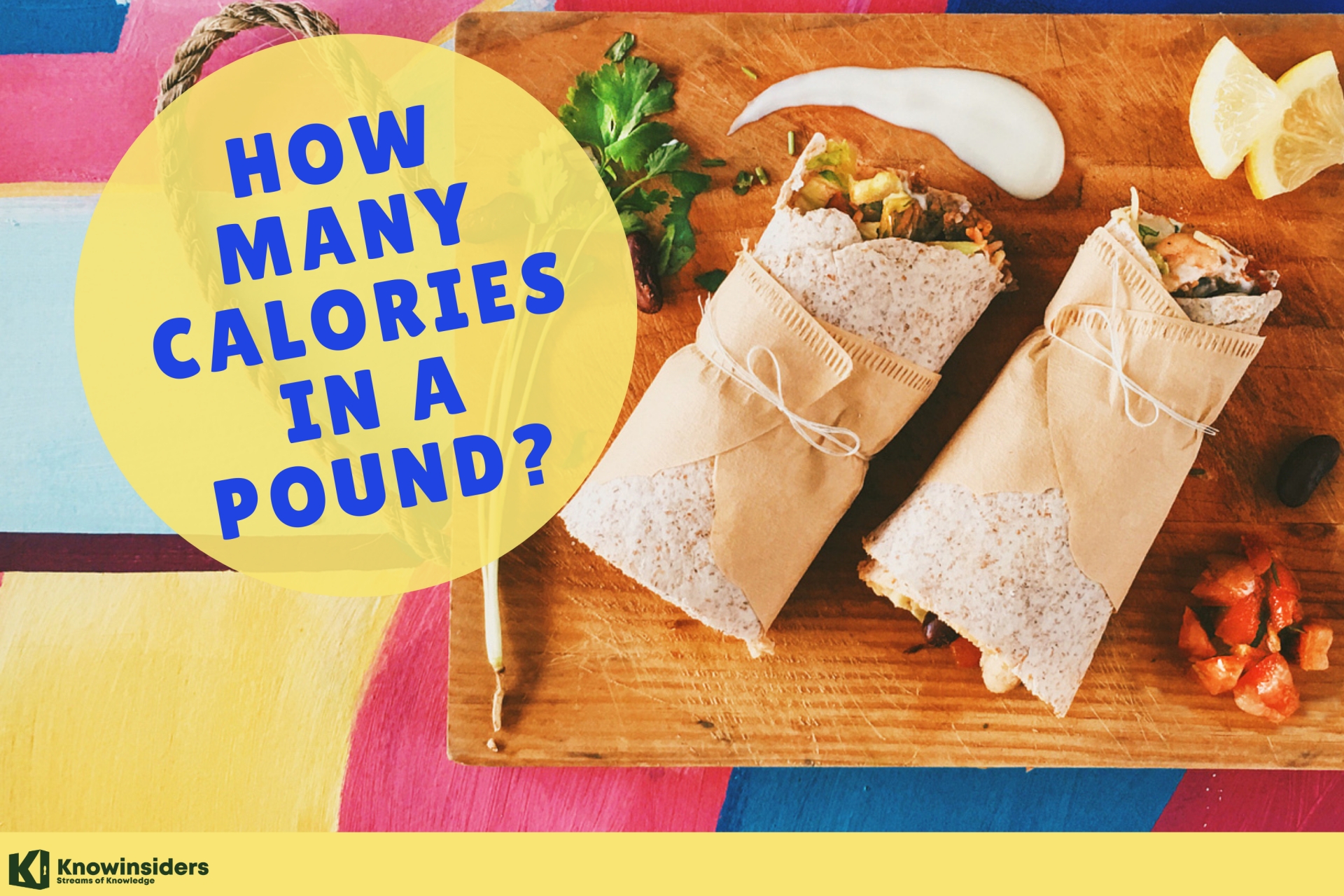 How Many Calories In A Pound? How Many Calories In A Pound? |
How Many Calories Should I Eat to Gain Muscle?
Muscle growth requires a caloric surplus, combined with strength training.
Calorie Surplus Guidelines:
-
Beginner muscle gain: +250–500 kcal/day
-
Intermediate/advanced: +100–300 kcal/day
Macronutrient Focus for Muscle Gain:
-
Protein: 1.6–2.2 grams per kg of body weight/day
-
Carbs: 3–6 grams per kg/day
-
Fats: 0.8–1.0 grams per kg/day
The goal is to gain muscle without excessive fat. Track your progress weekly and adjust accordingly.
How Caloric Needs Change with Age
As we age, BMR naturally decreases due to loss of lean muscle mass and hormonal changes. This means your body requires fewer calories even if your activity level remains the same.
-
Teenagers (13–19): Often need the highest calories for growth
-
20s to 30s: Maintenance or muscle building phase
-
40s to 60s: Calorie needs slowly drop
-
60+: Prioritize protein intake to prevent muscle loss
To maintain a healthy weight with age, focus on nutrient-dense foods over high-calorie, low-nutrition items.
Calories by Fitness Goal: Quick Reference Table
| Goal | Calorie Target (Relative to TDEE) | Description |
|---|---|---|
| Weight Maintenance | 100% of TDEE | Balanced energy |
| Weight Loss | 75–85% of TDEE | Moderate deficit |
| Fat Loss | 70–80% of TDEE | Deeper deficit, short term |
| Lean Muscle Gain | 105–110% of TDEE | Small surplus |
| Bulking | 110–120% of TDEE | Aggressive surplus (advanced athletes) |
 How to Convert Grams to Calories: Top Easiest Ways How to Convert Grams to Calories: Top Easiest Ways |
Signs You’re Eating Too Few or Too Many Calories
Signs of Too Few Calories:
-
Constant fatigue or dizziness
-
Irritability or mood swings
-
Hair thinning or brittle nails
-
Loss of menstrual cycle (women)
-
Difficulty building muscle
-
Slower metabolism over time
Signs of Too Many Calories:
-
Gradual weight gain, especially around the abdomen
-
Constant bloating or sluggish digestion
-
Trouble sleeping or lack of focus
-
Increased hunger and sugar cravings (from blood sugar spikes)
Tracking food intake for even a few days can give you surprising insight.
Should I Count Calories Every Day?
You don’t have to count forever, but calorie awareness helps:
-
Set realistic expectations
-
Break weight plateaus
-
Avoid unintentional overeating from hidden calories
-
Plan macronutrient ratios (protein, carbs, fat) better
Use tools like MyFitnessPal, Chronometer, or LoseIt to log meals and track calorie intake. These apps can also estimate your macros and sync with fitness trackers.
Tips for Hitting Your Calorie Goals Smartly
-
Prioritize protein at every meal to support metabolism and fullness
-
Choose whole foods over processed for better satiety and nutrient value
-
Meal prep to avoid spontaneous overeating
-
Track progress weekly through photos, measurements, not just weight
-
Stay hydrated—thirst often disguises as hunger
Frequently Asked Questions (FAQs)
How many calories should I eat to lose 10 pounds?
To lose 10 pounds safely, aim for a 500–750 calorie daily deficit. Expect the process to take 6–10 weeks. That means subtracting about 500 calories from your TDEE each day.
Do I need fewer calories on rest days?
Slightly fewer, yes. But unless you're doing intense training, your rest day calorie intake should still support recovery and muscle repair.
Are all calories equal?
Technically yes, but nutritionally no. 100 calories of broccoli offers fiber, vitamins, and fullness—unlike 100 calories of candy, which is empty sugar.
Is it okay to eat more calories if they’re healthy foods?
Even healthy foods can cause weight gain if overconsumed. Portion control matters even with nutritious meals.
Can I eat more if I exercise a lot?
Yes. Exercise increases your TDEE, allowing for more calories without gaining fat, especially if your goal is performance or muscle growth.
Conclusion: The Right Calories for the Right Results
Knowing how many calories you should eat per day is a powerful tool—not just for losing or gaining weight, but for fueling your life with energy, clarity, and balance. By personalizing your intake based on your body, goals, and activity, you move beyond generic plans and take control of your health journey.
Whether you're looking to lean out, bulk up, or simply stay strong and energized, tracking your calories—at least periodically—can make a meaningful difference.
 How Many Veterans Are There In The U.S Today? How Many Veterans Are There In The U.S Today? The veteran population in the United States is a significant demographic, comprising individuals who have served in various capacities across the U.S. Armed Forces. This ... |
 Interesting Facts About Furby, How Many Generations of Furbys Are There? Interesting Facts About Furby, How Many Generations of Furbys Are There? Do you know who Furby is? Check out Interesting Facts About Furby-One of The Most Favorite Toys In The World. |
 How Many Pints Fill a Gallon And How to Convert Pints into Gallons? How Many Pints Fill a Gallon And How to Convert Pints into Gallons? The conversion between pints and gallons reveals the intricacies of volume measurement and its practical implications in everyday life. Grasping this relationship not only enhances ... |
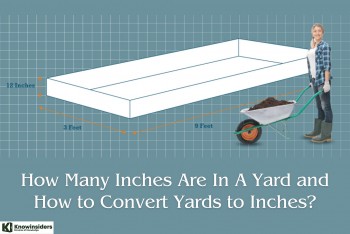 How Many Inches Are In A Yard and How to Convert Yards to Inches? How Many Inches Are In A Yard and How to Convert Yards to Inches? In the realm of measurements, understanding the relationship between different units is fundamental, especially in fields such as fabricating, carpentry, and even in everyday shopping ... |





